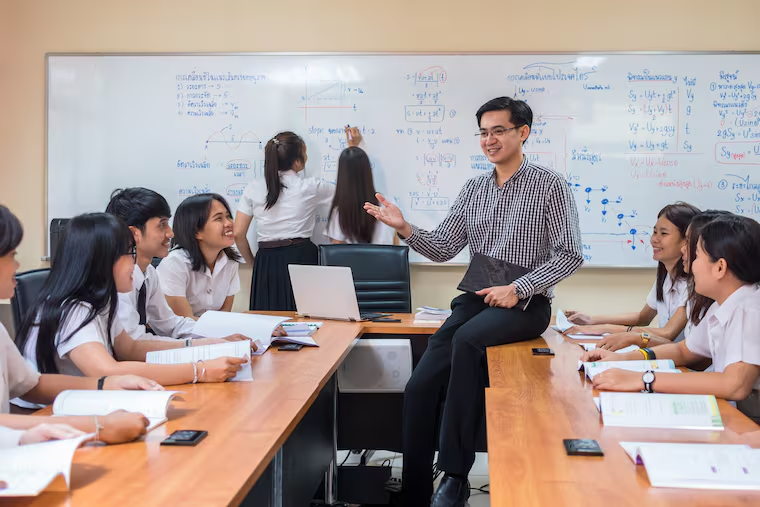The case for more Asian-American public school teachers | Perspective
My own experience as a teacher illustrates some of the obstacles that Asian-American educators encounter when entering the education profession, particularly the field of urban education.
